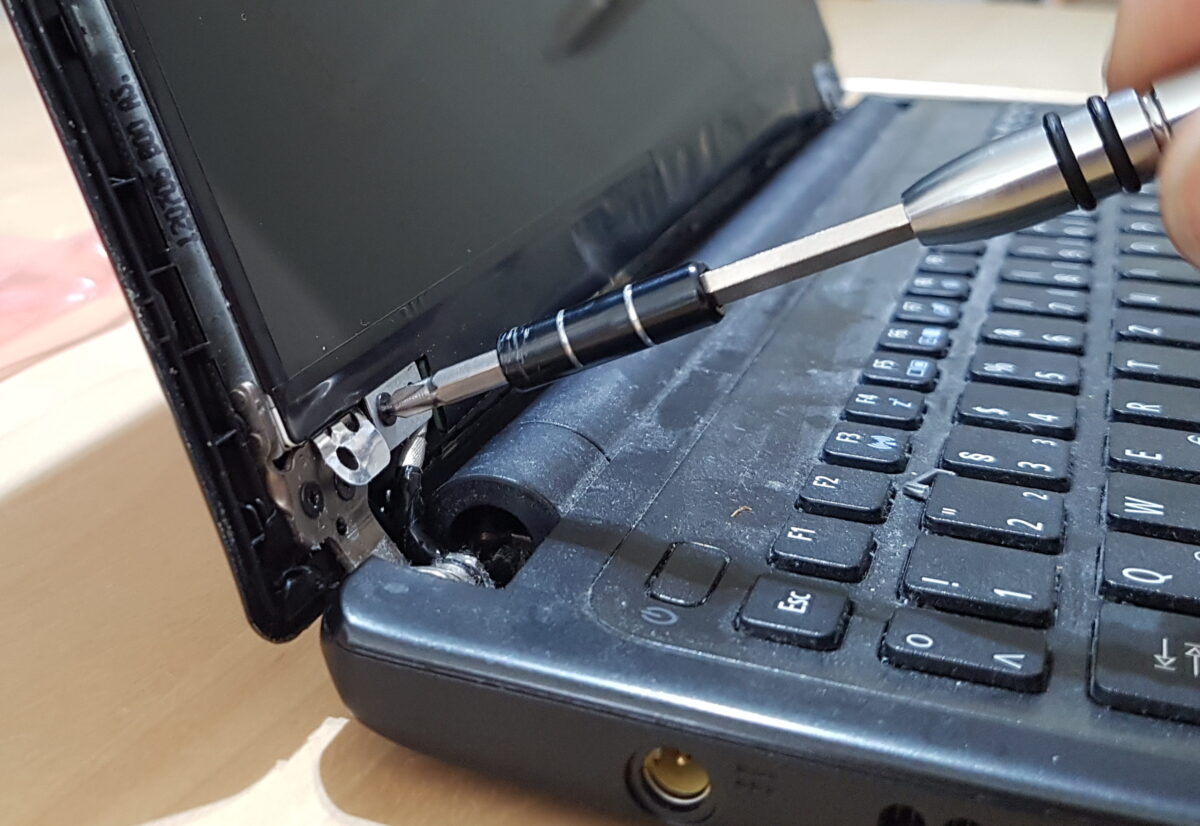Ensuring Quality in Labs & Equipment: Best Practices

In healthcare, even the smallest mistake can have big consequences. Whether it’s a diagnostic error from a faulty machine or an inaccurate lab result, patient safety depends heavily on one often-overlooked area: quality assurance in labs and medical equipment.
Maintaining lab quality and upholding strong equipment standards aren’t just compliance checkboxes—they’re foundational to patient trust, clinical accuracy, and operational efficiency. And in today’s fast-paced, tech-driven world, keeping up with healthcare best practices takes more than periodic inspections. It requires a system. A culture. And most importantly, the commitment to do things right, every time.
Why Lab and Equipment Quality Matter More Than Ever
Labs are central to diagnosis and ongoing care. Nearly 70% of medical decisions are influenced by lab results. If something’s off—whether it’s contamination, incorrect calibration, or delays—it affects everything downstream, including treatment plans and patient outcomes.
The same goes for equipment. A miscalibrated imaging device or outdated monitoring machine can lead to flawed readings. That’s not just a technical error—it’s a clinical risk.
That’s why quality assurance in both labs and equipment has become a top concern for healthcare leaders.
Building Blocks of Lab Quality
High lab quality doesn’t happen by chance. It’s the result of consistent processes, staff training, and routine evaluation. Here’s what top-performing labs get right:
- Standard Operating Procedures (SOPs): Every test and every process should follow clear, detailed steps. These SOPs should be regularly reviewed and updated based on new findings or tools.
- Staff Competency Programs: It’s not enough to hire qualified people. Ongoing training ensures lab professionals stay sharp on safety protocols, new technologies, and reporting standards.
- Internal Audits: Regular self-checks can catch errors before they turn into incidents. These audits should cover everything—from specimen handling to waste disposal.
- External Accreditation: Being evaluated by outside agencies ensures that labs meet or exceed healthcare best practices and industry benchmarks.
The goal is simple: make every result reliable, every time.
Meeting Equipment Standards: What Good Looks Like
Equipment standards vary depending on the type and use, but the principles are the same—reliability, safety, and accuracy.
Start with maintenance. Each device should have a documented schedule for checks, servicing, and part replacements. This isn’t just for high-end machines like MRIs or ventilators—even everyday tools like blood pressure monitors and thermometers need routine inspection.Next, calibration. Machines that produce data—especially diagnostic tools—must be calibrated to manufacturer and regulatory guidelines. If not, readings can drift, leading to misleading results.
Also important: tracking and traceability. Every piece of equipment should be logged with details like serial number, usage logs, and repair history. If a failure occurs, you need to know exactly what happened and when. Meeting equipment standards isn’t just about preventing malfunctions. It’s about ensuring that every clinical decision based on that equipment is backed by trustworthy data.
Creating a Culture of Quality
Policies and manuals can only go so far. The most effective organizations build a culture where quality assurance is everyone’s job—not just the responsibility of the lab director or maintenance staff.
This means encouraging reporting. If someone notices a broken seal on a test kit or a glitchy ECG monitor, they should feel confident speaking up. Mistakes and risks should be seen as opportunities to improve, not things to hide.
It also means leadership follow-through. When concerns are raised, they must be addressed promptly and visibly. That builds confidence in the system and reinforces the idea that quality truly matters.
Technology as a Supporting Tool
Digital systems now play a big role in maintaining lab quality and equipment oversight. From barcode tracking for samples to cloud-based logs for device maintenance, automation helps reduce human error.
However, these systems work best when paired with human vigilance. Technology should complement—never replace—the checks, balances, and decision-making that trained professionals bring to the table.
Final Thoughts
In healthcare, the cost of low-quality labs or faulty equipment isn’t just financial—it’s clinical. It impacts patient safety, provider credibility, and care outcomes.
That’s why healthcare best practices must include strict attention to both lab quality and equipment standards. From detailed protocols to daily maintenance, it’s the small steps that ensure reliable results and safe environments. Because at the end of the day, patients don’t just count on diagnoses—they count on the systems behind those diagnoses to be accurate, consistent, and safe.











